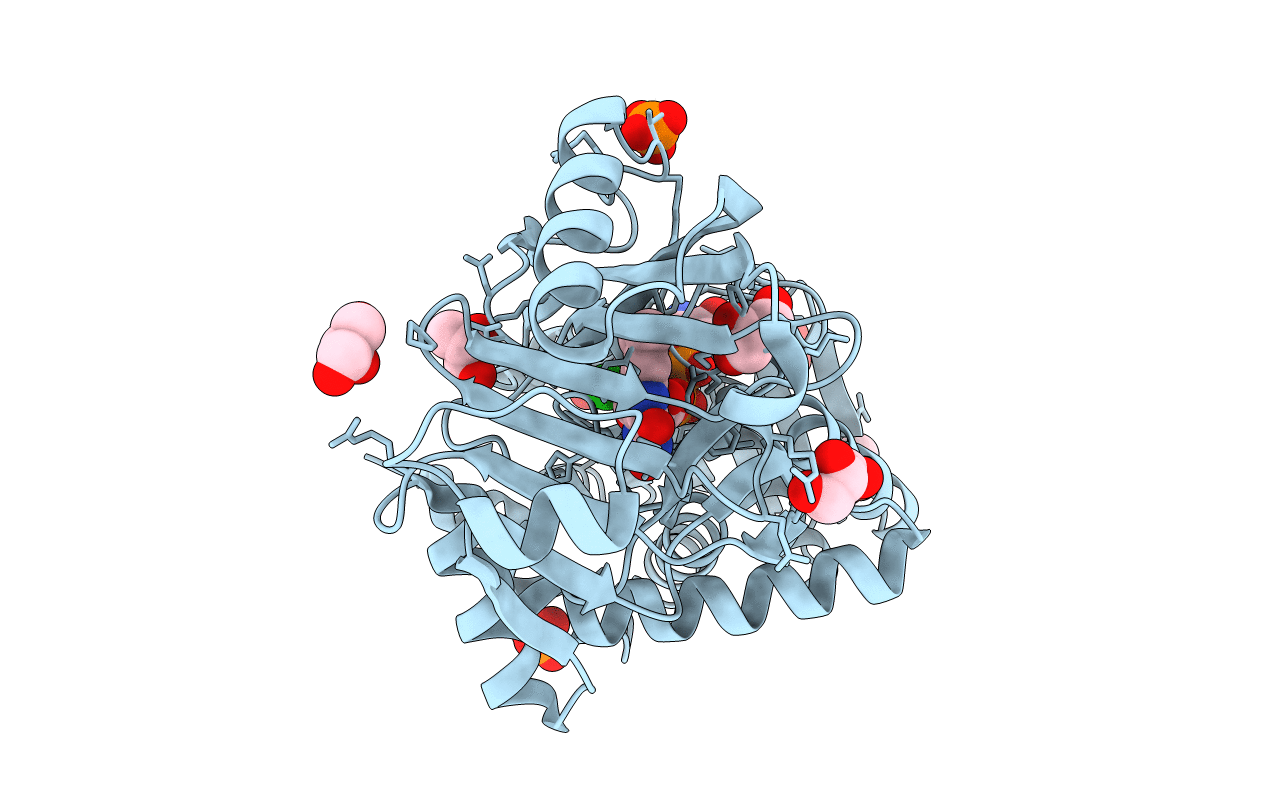
Deposition Date
2021-05-28
Release Date
2021-07-28
Last Version Date
2023-11-29
Entry Detail
PDB ID:
7EXS
Keywords:
Title:
Thermomicrobium roseum sarcosine oxidase mutant - S320R
Biological Source:
Source Organism:
Thermomicrobium roseum DSM 5159 (Taxon ID: 309801)
Host Organism:
Method Details:
Experimental Method:
Resolution:
1.42 Å
R-Value Free:
0.21
R-Value Work:
0.19
R-Value Observed:
0.19
Space Group:
P 21 21 2


